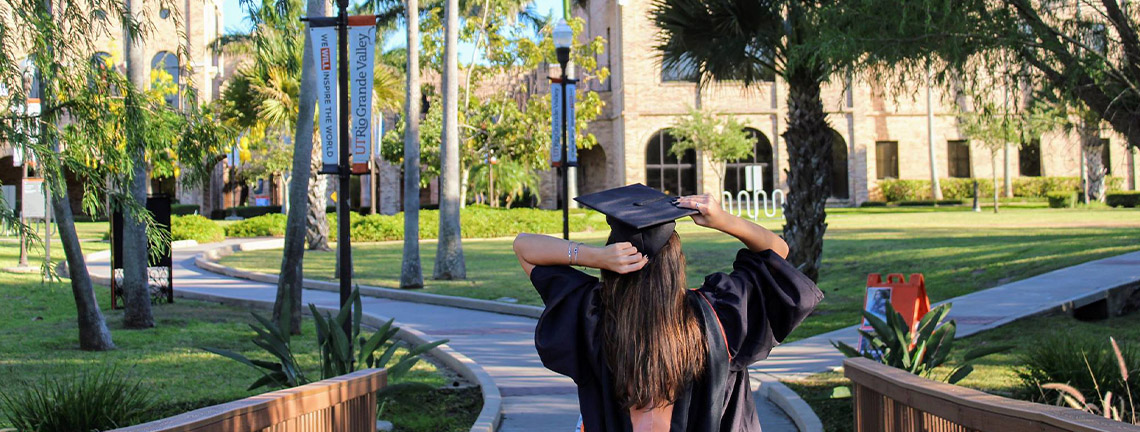
Theses and Dissertations
Date of Award
12-2018
Document Type
Thesis
Degree Name
Master of Science (MS)
Department
Mechanical Engineering
First Advisor
Dr. Mataz Alcoutlabi
Second Advisor
Dr. Jason Parsons
Third Advisor
Dr. Horacio Vasquez
Abstract
In this study, Forcespinning is used to produce Titanium sulfide (TiS2)/carbon composite fibers for use as lithium-ion battery anodes. The high surface area to volume ratio of the composite fibers can have a high impact on the ionic and electronic conductivity of the active materials leading to improved electrochemical performance of the battery. TiS2 nanoparticles were chosen as the active materials to produce Metal-Li-alloys/C composite fibers due to their high theoretical capacity and low volume change during charge/discharge cycles. The use of a 2-D layered structure of TiS2 nanoparticles in the carbon fiber matrix can greatly accommodate more Li-ions between the layers leading to increased specific capacity, improved stability and good electrochemical performance of the anode after prolonged charge/ discharge cycles. During the preparation of TiS2/C composite fibers, the TiS2 nanoparticles turned into a 2-D layered structure of TiO2 nanoparticles after the oxidation process in air environment With the addition of of TiO2 nanoparticles to the carbon-fibers matrix, the composite-fibers anodes delivered discharge and charge capacities at the first cycle of 900 mAhg-1 and 600 mAhg-1 , respectively. The TiO2/C composite-fibers anode delivered a charge capacity of 250 mAhg-1 after 100 cycles at 50 mAg-1 . The TiO2/C composite fibers show an improvement in the electrochemical performance at higher current density over the commercially available graphite anode.
Recommended Citation
Lopez, J. (2018). Synthesis and Design of Metals Sulfide/Carbon Composite-Fibers Anodes for Lithium Ion Batteries [Master's thesis, The University of Texas Rio Grande Valley]. ScholarWorks @ UTRGV. https://scholarworks.utrgv.edu/etd/506


Comments
Copyright 2018 Jorge Lopez. All Rights Reserved.
https://go.openathens.net/redirector/utrgv.edu?url=https://www.proquest.com/dissertations-theses/synthesis-design-metals-sulfide-carbon-composite/docview/2177364630/se-2?accountid=7119